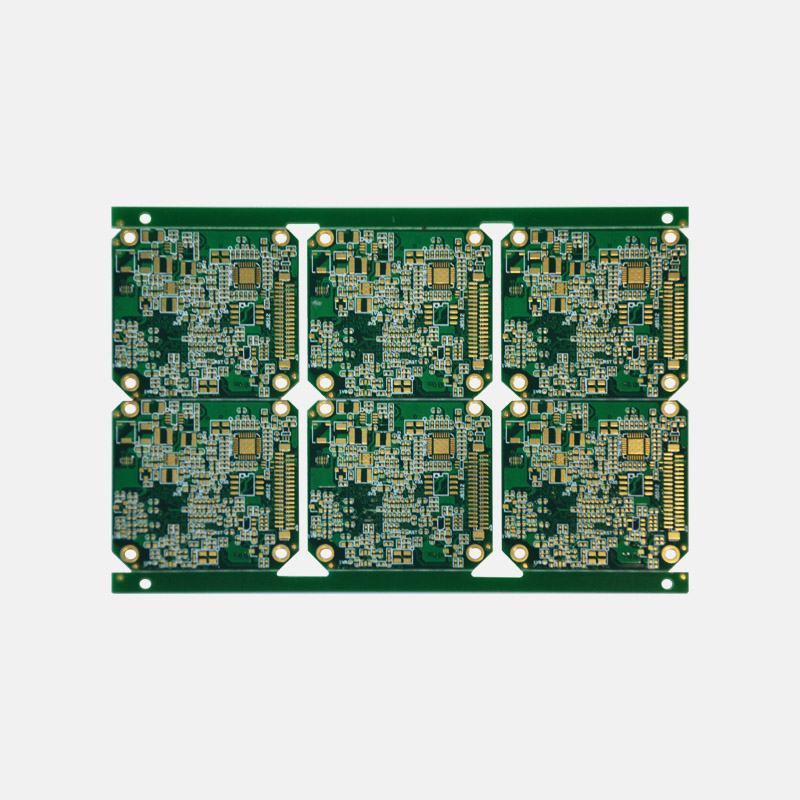What wiring rules should be followed for high-speed PCB signal impedance matching?
When designing high-speed PCBs, engineers often encounter the problem of signal impedance mismatch. When the high-speed signal encounters the problem of impedance mismatch, its propagation speed will drop significantly, resulting in the signal not being transmitted normally.
Due to the impedance change during the signal transmission process, designers need to take measures to solve the impedance problem and avoid problems such as signal reflection and crosstalk.
Impedance matching is an important consideration for high-speed PCB design because it helps you control impedance variations along signal transmission paths and avoid severe reflection or crosstalk problems. This article will introduce you how to implement impedance matching in PCB design.

一. Determining the trace length of signal line traces
According to the signal trace length and impedance matching requirements, determine the signal trace length, that is, determine the trace width. Usually, the trace width will be larger than the signal line width. After determining the trace width, determine the distance between the signal line to be connected and the receiving end (usually L). Trace length and L are usually calculated as.
二. Avoid vias
Vias around critical signal traces need to be avoided as they can cause signal reflections or crosstalk if not placed properly.
To avoid signal reflections, vias should be kept as far away as possible from areas that may cause crosstalk, such as traces, power planes, or ground planes. In addition, vias should be located as close as possible to sensitive devices such as ICs and power devices. If sensitive components cannot be avoided, vias should be placed relatively far away to avoid signal interference.
When routing signals, try not to have vias. If vias must appear, short vias should be used. Because vias will cause impedance changes and reflection problems. For high-speed signals, the signal traces should be as short as possible; for low-frequency signals, the signal traces should be as short as possible. If vias are used for signal routing, ensure that the via length is equal to the trace length.
三. Ensure Impedance Matching
Ensuring impedance matching is one of the key issues in PCB design as it relates to the integrity of signal transmission. In many cases, impedance mismatches can cause severe reflections, crosstalk, or other problems.
When a signal travels from one point in one system to the next, reflections or crosstalk can occur due to impedance changes along the signal path. Failure to take steps to ensure impedance matching can result in degraded system performance.
Here are a few ways to avoid impedance mismatches:
1. Add a wiring layer to the wiring path. Adding traces in the trace layer prevents impedance changes on the signal path, thereby avoiding reflection and crosstalk problems.
2. Minimize the impact of impedance mismatch. Do not introduce additional impedance variations into your design if it is not necessary.
四. Inspection after wiring
Performing an impedance check after routing ensures that the impedance of the transmission line is as expected and makes adjustments to the routing process.
Finally, when designing a high-speed PCB, due to its large signal bandwidth, the problem of high-speed signal transmission becomes particularly prominent. The impedance mismatch will reduce the signal propagation speed, resulting in a decrease in signal quality, so it is necessary to abide by relevant rules when designing high-speed PCBs.

Send PCB Files to Sales@ucreatepcba.com, We Will Quote You Very Soon!
Request PCB Manufacturing & Assemble Quote Now



